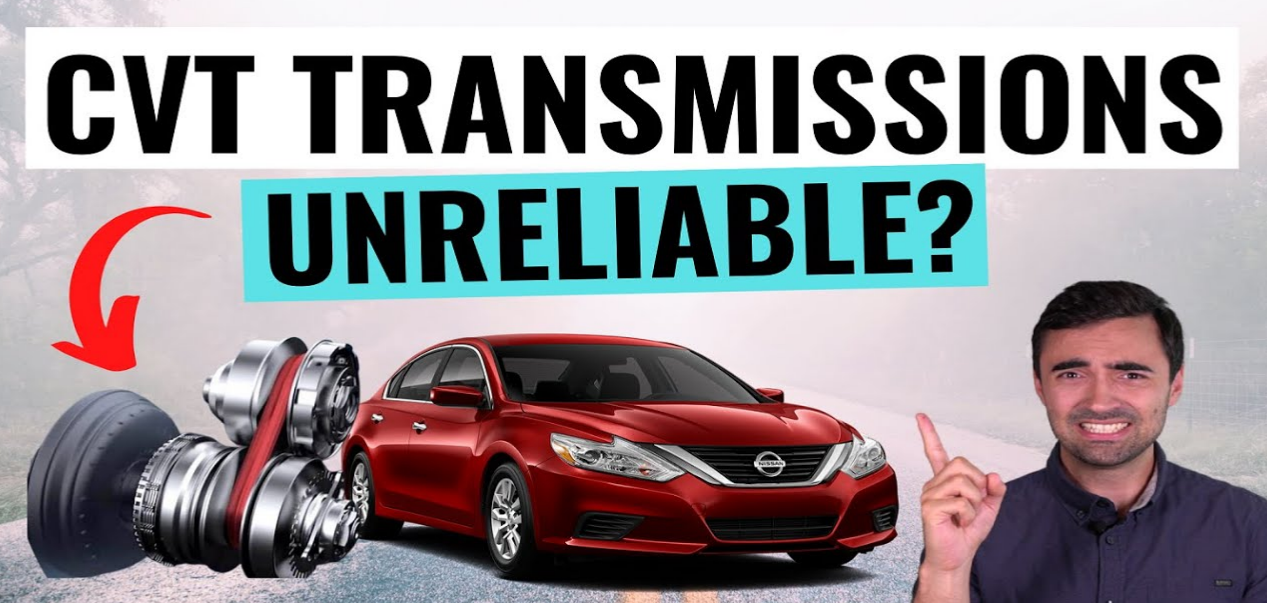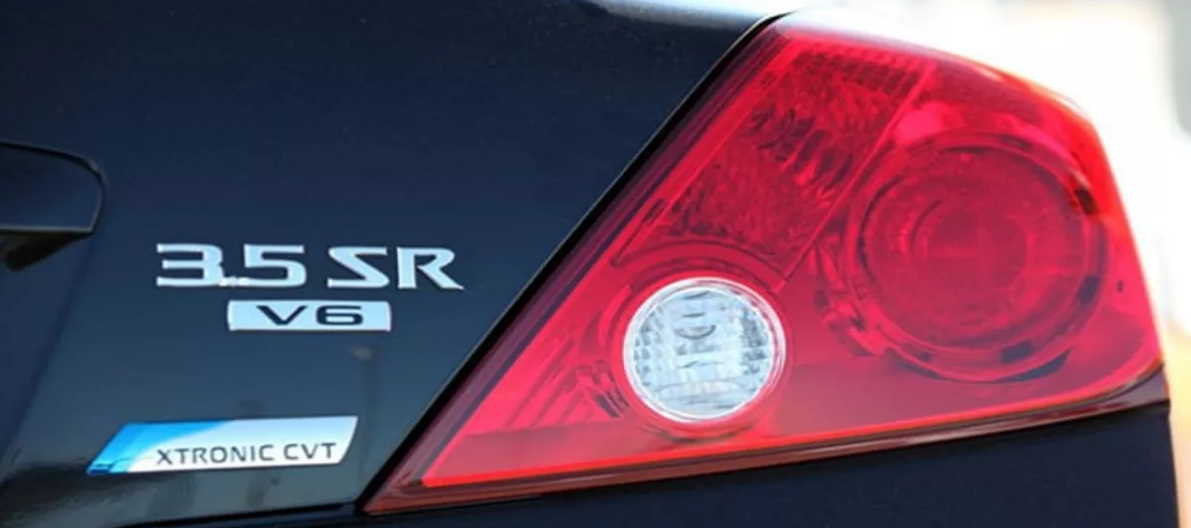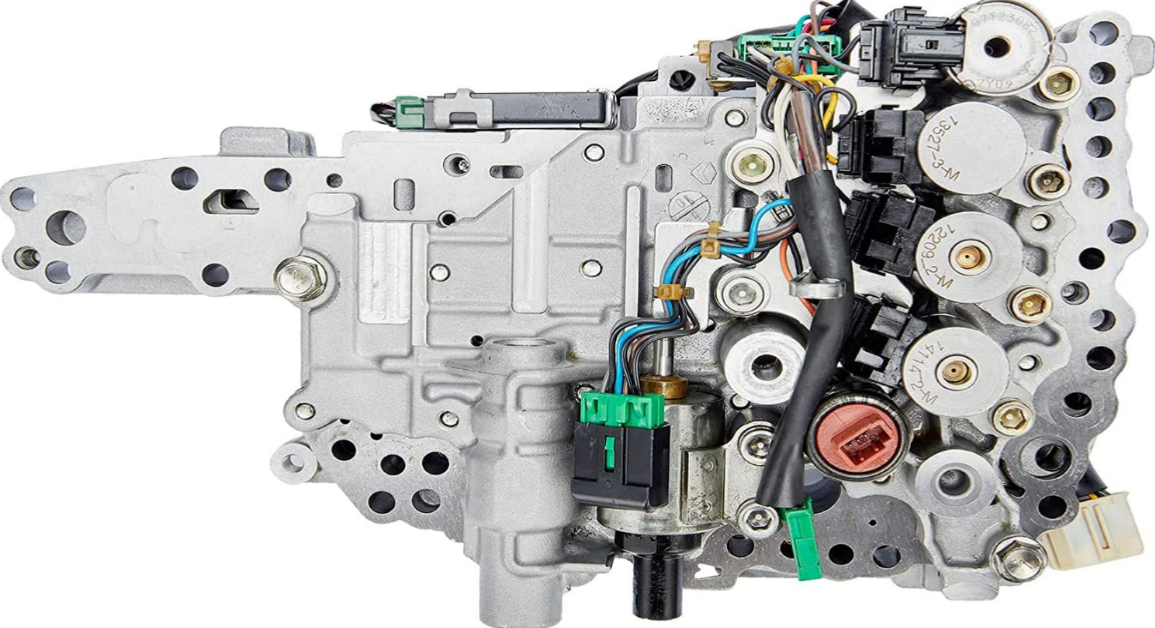Some Nissan models without CVT include the Nissan 370Z, Nissan Frontier, and Nissan GT-R.

List of Nissans without CVT
Older Models Prior to CVT Adoption
Nissan, being a prominent automobile manufacturer, has produced a myriad of models over the years. Some of these older models include:
- Nissan 240SX: A rear-wheel-drive sports car that was well-received for its balance and handling. Known primarily for its 5-speed manual transmission, it was a favorite among car enthusiasts.
- Nissan Hardbody Truck: This sturdy pickup truck, also known as the D21, was predominantly available with a manual transmission, especially in its base models.
- Nissan Maxima (early generations): Earlier iterations of this sedan were not equipped with CVTs. It was only in the later models that CVT became a standard feature.
Current Models with Alternative Transmissions
While Nissan heavily leans towards the CVT in many of their modern models, there are still a few that offer alternatives. Some of the notable current models with non-CVT options include:
- Nissan Frontier: While newer models may offer a CVT option, many variants, especially those focused on heavy-duty tasks or off-roading, provide traditional automatic or manual transmissions.
- Nissan 370Z: Aimed at the sportscar enthusiast, this model comes with a 6-speed manual or a 7-speed automatic transmission, emphasizing performance and driver engagement.
Performance-Oriented Models Without CVTs
Performance enthusiasts often seek a more connected and raw driving experience, which some argue is compromised with a CVT. Nissan, being sensitive to this demand, offers certain models without CVTs:
- Nissan GT-R: One of the most iconic sports cars in the world, the GT-R is equipped with a dual-clutch transmission, providing swift gear changes and maintaining a high level of performance.
- Nismo Editions: These are high-performance versions of regular Nissan models.
Advantages of Non-CVT Transmissions
Performance Considerations
Traditional transmissions, especially manuals and dual-clutches, tend to be the preferred choice for many performance enthusiasts. Several reasons contribute to this preference:
- Direct Power Delivery: Manual transmissions, in particular, offer a direct connection between the engine and the wheels. This results in immediate power delivery without the lag some drivers associate with CVTs.
- Greater Control: Drivers have the ability to choose the exact gear they want, allowing for optimal power and torque at various RPM ranges.
- Dual-Clutch Speed: Cars equipped with dual-clutch transmissions (DCT) benefit from lightning-fast gear changes, essential for achieving top performance in racing conditions.
Reliability and Maintenance Concerns
Traditional transmissions, having been around for a longer time, have some inherent advantages when it comes to reliability:
- Established Technology: Manufacturers have had decades to refine and improve the reliability of traditional transmissions. This means many of the common issues have known fixes.
- Simpler Maintenance: While CVTs require specialized fluid changes and care, many traditional automatic and manual transmissions have more straightforward maintenance needs.
- Longevity: Some argue that with proper maintenance, traditional transmissions, especially manual ones, tend to outlast CVTs.
Driving Experience and Feedback
The driving experience can be subjective, but many drivers find non-CVT transmissions more engaging:
- Tactile Feedback: Manual transmissions provide drivers with a tactile connection to the vehicle, something many enthusiasts cherish. The act of shifting gears connects the driver to the car’s mechanics.
- Predictable Responses: Traditional automatic transmissions have set gear ratios, which can make throttle responses more predictable compared to the variable nature of CVTs.
- Audible Pleasure: Many driving enthusiasts appreciate the audible feedback of engine revs and the distinct sound shifts that non-CVT transmissions provide, which can be especially noticeable in performance-oriented cars like the Nissan 370Z.
Case Studies: Specific Nissan Models
Nissan 370Z: A Sports Car without CVT
The Nissan 370Z stands as a testament to Nissan’s commitment to pure driving pleasure. Here’s what makes this model special:
- Manual Transmission: One of the few sports cars still offering a manual transmission, the 370Z allows enthusiasts to feel every gear shift and have complete control over their driving experience.
- Performance: With a robust V6 engine, the 370Z doesn’t need a CVT to achieve smooth power delivery. The traditional transmission complements the engine’s power curve.
- Driver Feedback: The direct connection between the driver and the car, achieved through its non-CVT transmission, enhances the feedback and responsiveness, making every drive exhilarating.
Nissan Frontier: A Truck’s Perspective
The Nissan Frontier showcases how traditional transmissions can benefit utility vehicles:
- Torque and Power: Trucks require immediate torque for tasks like towing, and traditional transmissions in the Frontier deliver power without the lag sometimes found in CVTs.
- Durability: Given that trucks often face rugged conditions, the tried-and-tested nature of traditional transmissions in the Frontier ensures they stand the test of time.
- Versatility: With both manual and traditional automatic options available, drivers can choose the transmission that best fits their driving style and needs.

Nissan GT-R: The Supercar Stance
A supercar in every sense, the Nissan GT-R shatters conventions, including the use of CVTs:
- Dual-Clutch Transmission: The GT-R utilizes a dual-clutch system for rapid gear changes, vital for keeping the turbocharged engine in its optimal power range.
- Performance Metrics: With record-breaking lap times on tracks worldwide, the GT-R’s transmission system proves that CVTs aren’t a necessity for achieving peak performance.
- Technological Marvel: Beyond just the transmission, the GT-R is a tech-laden masterpiece, with its transmission playing a pivotal role in its awe-inspiring capabilities.
The Future of Transmissions in Nissan
Electric Vehicles and the CVT Debate
The rise of electric vehicles (EVs) presents a paradigm shift in the world of transmissions. As Nissan dives deeper into the EV market, the role of CVTs becomes a topic of discussion:
- Simplicity of EVs: Electric motors provide instant torque and can achieve a wide RPM range without the need for multiple gears. This might reduce the necessity for complex transmissions like CVTs.
- Leaf and Beyond: Nissan’s flagship EV, the Leaf, doesn’t use a CVT. Instead, it features a single-speed transmission, highlighting the reduced role of multi-gear systems in EVs.
- Efficiency Focus: While CVTs aim for optimal fuel efficiency in combustion engines, electric motors redefine efficiency standards, making the CVT’s role less pronounced in the future of EVs.

Innovations in Transmission Technology
The world of automotive transmissions doesn’t remain static. Nissan, being at the forefront of innovation, explores various avenues:
- Dual-Clutch Enhancements: Nissan might harness the rapid-shifting capabilities of dual-clutch systems, further refining them for smoother operations and better performance.
- Variable Compression Ratios: New technologies, such as variable compression engines, might influence how Nissan approaches transmissions in the future.
- Integration with AI: With the rise of artificial intelligence, future Nissan transmissions might utilize AI for predicting optimal gear shifts based on driving conditions and driver behavior.
Nissan’s Direction and Strategy
Nissan’s vision for the future encapsulates more than just transmissions, but their strategy provides insights into their transmission roadmap:
- ProPILOT and Autonomy: As Nissan advances its ProPILOT autonomous driving technology, the role and function of transmissions will likely evolve to cater to this new driving paradigm.
- Holistic Approach: Nissan views transmissions as a part of the entire vehicle ecosystem. This means the future of transmissions will align with Nissan’s broader goals of sustainability, performance, and driver engagement.
- Feedback and Evolution: Nissan actively gathers feedback from its customer base and utilizes it in their R&D. As drivers’ preferences evolve, so will Nissan’s approach to transmissions.
